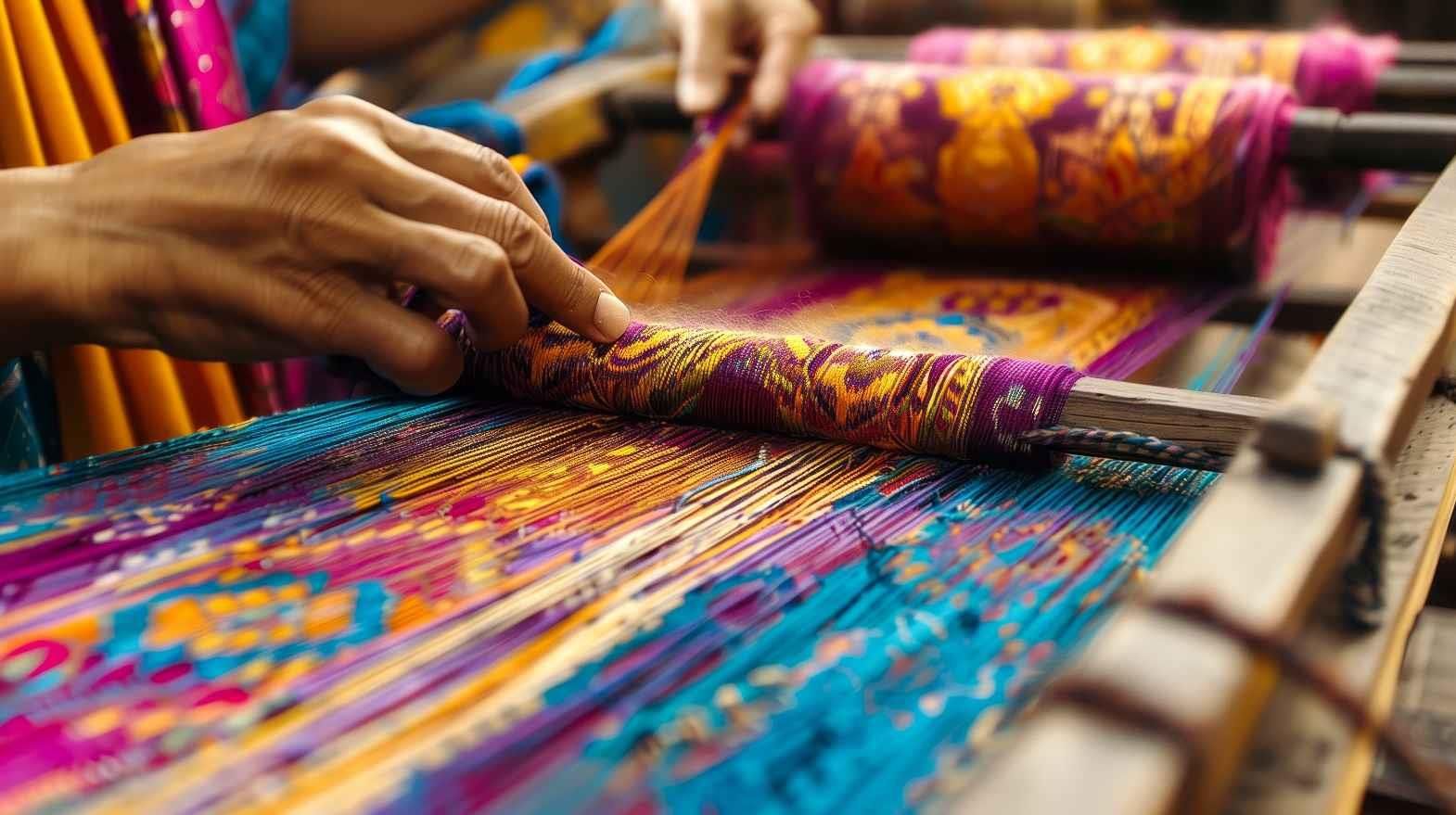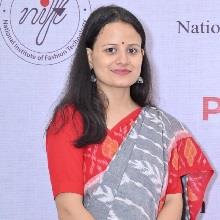It is a matter of great pride to know that positive initiatives have been taken by the Ministry of Textiles, Government of India, to promote the handloom sector. This year, the Ministry has launched the Handloom Pakhwada (fortnight) from 1st to 15th August to actively support the handloom weavers and draw active participation from the public. This is a positive sign that the government has realised the enormous potential of the handloom sector in making India prosperous again. Much of the credit goes to the weaving communities who have strived through the tough times and kept the handloom industry going despite many hardships.
The National Institute of Fashion Technology (NIFT) across its 19 centres is celebrating Handloom Pakhwada by organising various events like fashion walks showcasing handlooms, handloom quiz competitions, craft bazaars showcasing handloom products, movie screenings, handloom exhibitions, handloom-related workshops and knowledge sessions, panel discussions etc.
Handloom is defined as any fabric that is made using manually operated equipment and where no powerloom is used. The handloom industry is the second-largest employment sector in India after agriculture, contributing to export revenues and the country’s GDP.
The handloom sector is also considered suitable for achieving the UN Sustainable Development Goals (SDGs) due to its climate resilient nature. The advantage of India’s handloom sector is that it is less capital intensive, is eco-friendly, has low power consumption and has the ability to adapt to market conditions. The nature of the handloom industry is largely unorganised and is run by small cooperatives, independent weavers, NGOs etc.
The weaving community draws design inspiration from architecture, local flora, fauna, religious elements etc to create handloom masterpieces. The weavers skilfully combine cultural stories with the available resources and weave their imagination by exhibiting the highest form of craftsmanship.
Indian handloom textiles exhibit a rich variety of colours, textures, weaves in the form of textiles from different parts of the country. India produces many traditional products, such as sarees, kurtas, shawls, ghagra cholis, lungis, fashion accessories, bed sheets etc. Nowadays, it also produces fashion fabrics, western dresses, linens, decorative items, carpets, rugs etc. Handloom products have a significant export value, with India exporting textiles worth approximately ₹44,000 crore (about $44 billion) annually.
Indian handloom textiles are at a turning point where the creativity of young designers closely imbibes the essence of traditional elements. Be it the beautiful Patola, Odisha Ikat, royal Kanjeevaram, divine Chanderi or the warm Kullu, Manipuri or Nagaland Shawls—all of them showcase the diverse Indian beauty and weaving craftsmanship that has been kept alive by the weavers for generations. However, the unfortunate part of being a weaver is that they do not get the required respect and appreciation.
According to statistics, from the 1st to 4th Handloom Census of India, the number of handloom weavers has declined by 52 per cent. The decline in wages and the labour-intensive nature of the handloom industry are the primary reasons for the younger generation not being interested in working in the handloom industry.
At present, the handloom industry is grappling with several major challenges. Handloom designs are easily copied by powerlooms, making it difficult to differentiate between handloom and powerloom designs. Moreover, the cost of handloom textiles is very high due to low economy of scale and craftmanship and hence common people do not purchase them.
It is high time to identify the underprivileged handloom textiles and weaver communities and provide support from various industry stakeholders to uplift them. To this end, the Ministry of Textiles has planned to set up eight craft handloom villages to integrate craft promotion with tourism at places like Sharan (Himachal Pradesh), Kanihama (Jammu & Kashmir), Mohpara (Assam), Kovalam (Kerala), Rampur, Bodhgaya (Bihar), Pranpur (Madhya Pradesh), Moirang (Manipur) and Kunbi (Goa).
The Government of India also celebrated the 10th National Handloom Day on August 7 by executing various activities. VIRAASAT—an exhibition of India’s exquisite handloom textiles—was held at Handloom Haat, Janpath, New Delhi, wherein handloom weavers and artisans were able to sell their products directly. In addition, activities like handloom quiz contest, pledge to use Indian handloom, selfie contest, souvenir designing etc were also held.
Educational events such as ‘Know Your Weaves’ at Crafts Museum, Handloom expos by State Governments, workshops and demonstrations etc were also held across the country. Awards ceremonies were held where weavers were conferred with Sant Kabir Awards and National Handloom Awards for their significant contribution to preserving handloom heritage.
It is now time for all responsible Indian citizens to come forward and support the handloom industry by undertaking small steps like wearing handlooms as often as possible. The Ministry of Textiles has created a website of authentic handicrafts and handlooms, indiahandmade.com, from where one can buy authentic handloom textiles and support the weavers. Some innovative companies like Kosha are also using AI technology to authenticate handloom products, ensuring their traceability and authenticity and further empowering artisans and promoting holistic growth of handloom weavers.


 (1)20240730094415.jpg)







Comments